Optimal Timing for Mortar Joint Repairs
Mortar joint repairs are most effective when performed during specific weather conditions. Ideal timing typically involves dry, mild temperatures with low humidity, as moisture can hinder proper curing and adhesion of mortar. Conducting repairs during these optimal conditions ensures longevity and durability of the mortar joints.
These seasons generally offer moderate temperatures and low rainfall, making them suitable for mortar joint repairs. Avoiding extreme heat or cold helps achieve proper mortar curing.
Cold temperatures can cause mortar to freeze before setting, leading to weak joints. Hot, dry weather can cause rapid drying, resulting in cracks and reduced adhesion.
After periods of rain or storms, inspecting and repairing mortar joints can prevent water infiltration and structural damage.
Ideal conditions include temperatures between 40°F and 85°F with low humidity and no precipitation forecasted for at least 24 hours.

Ways to make Mortar Joint Repairs work in tight or awkward layouts.
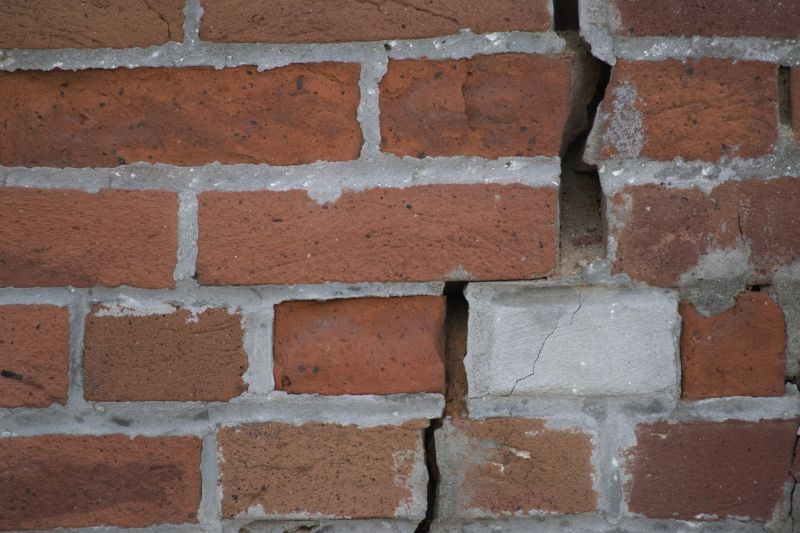
Popular materials for Mortar Joint Repairs and why they hold up over time.
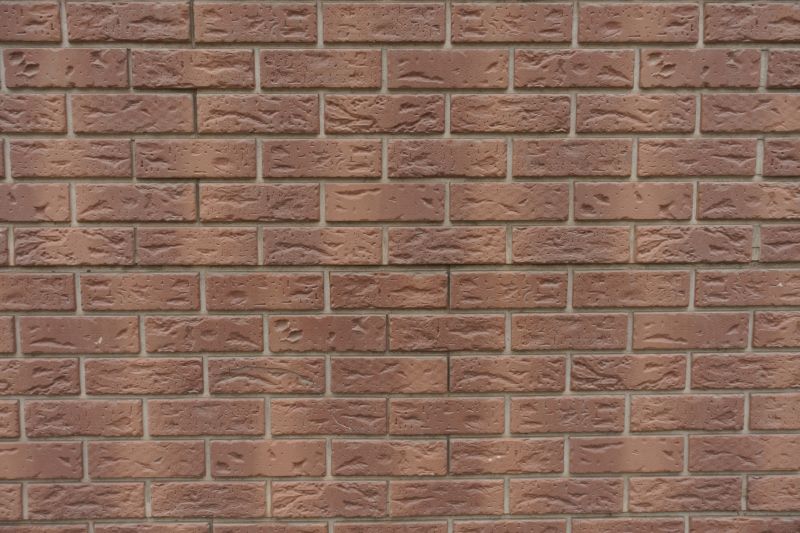
Simple add-ons that improve Mortar Joint Repairs without blowing the budget.
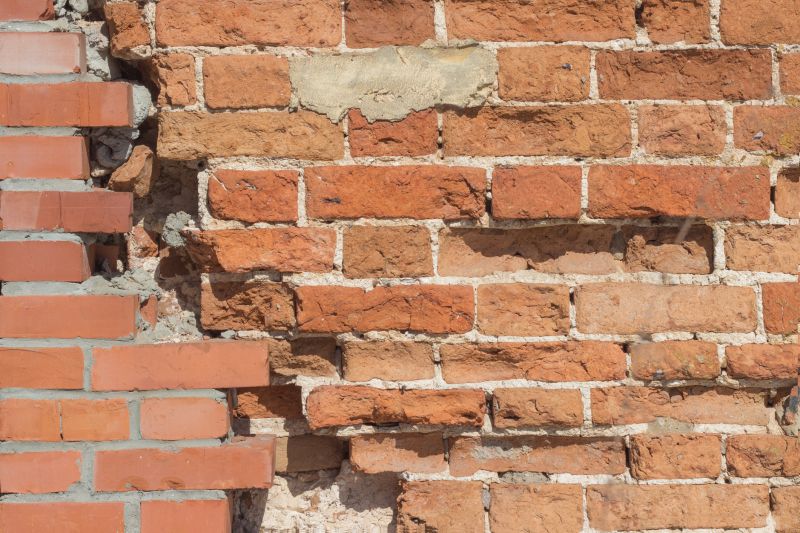
High-end options that actually feel worth it for Mortar Joint Repairs.

Finishes and colors that play nicely with Mortar Joint Repairs.
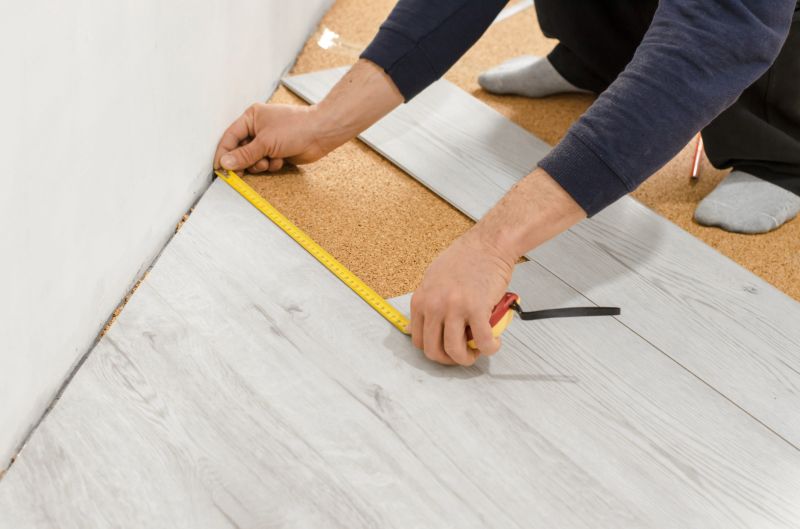
Little measurements that prevent headaches on Mortar Joint Repairs day.
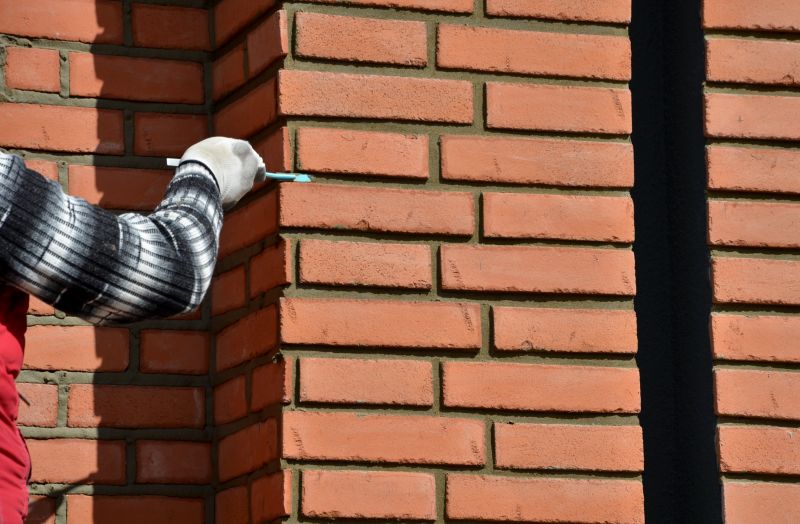
A 60-second routine that keeps Mortar Joint Repairs looking new.
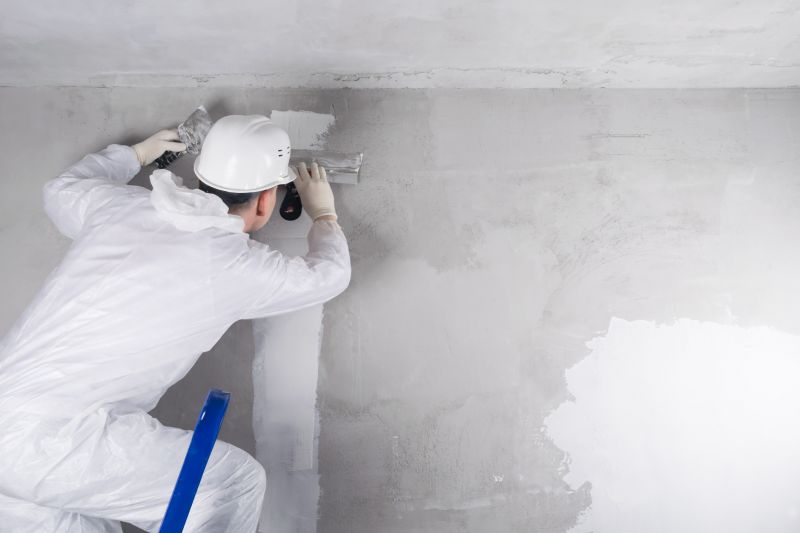
A frequent mistake in Mortar Joint Repairs and how to dodge it.
| Season/Condition | Recommended Timing |
|---|---|
| Spring | Ideal for mild temperatures and low humidity |
| Summer | Avoid during peak heat; early morning or late evening preferred |
| Fall | Suitable due to moderate weather conditions |
| Winter | Not recommended unless weather is mild and above freezing |
| Post-Storm | Perform repairs after weather events to prevent water infiltration |
| Extreme Cold | Avoid due to risk of mortar freezing and cracking |
| Extreme Heat | Avoid rapid drying and cracking |
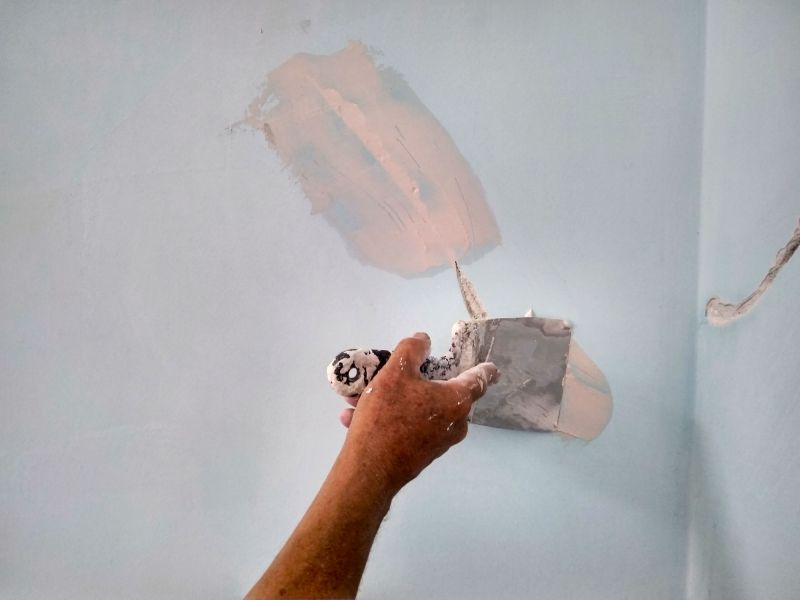
Small tweaks to make Mortar Joint Repairs safer and easier to use.
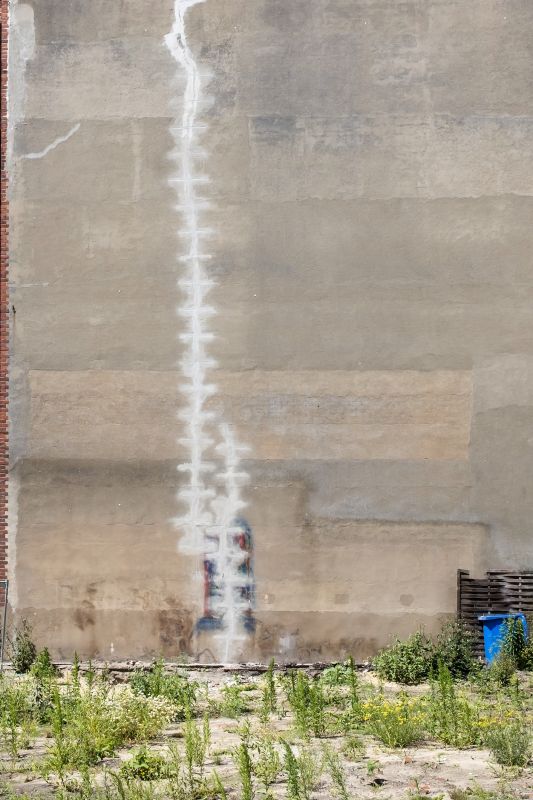
Lower-waste or water-saving choices for Mortar Joint Repairs.

The short, realistic tool list for quality Mortar Joint Repairs.
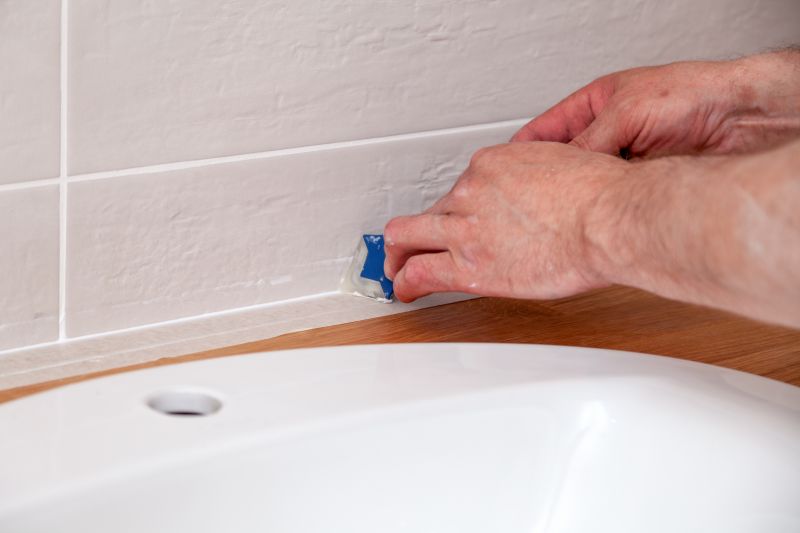
Rough timing from prep to clean-up for Mortar Joint Repairs.
Interested in scheduling mortar joint repairs? Filling out the contact form can provide more information on suitable timing and services available for maintaining masonry integrity.
